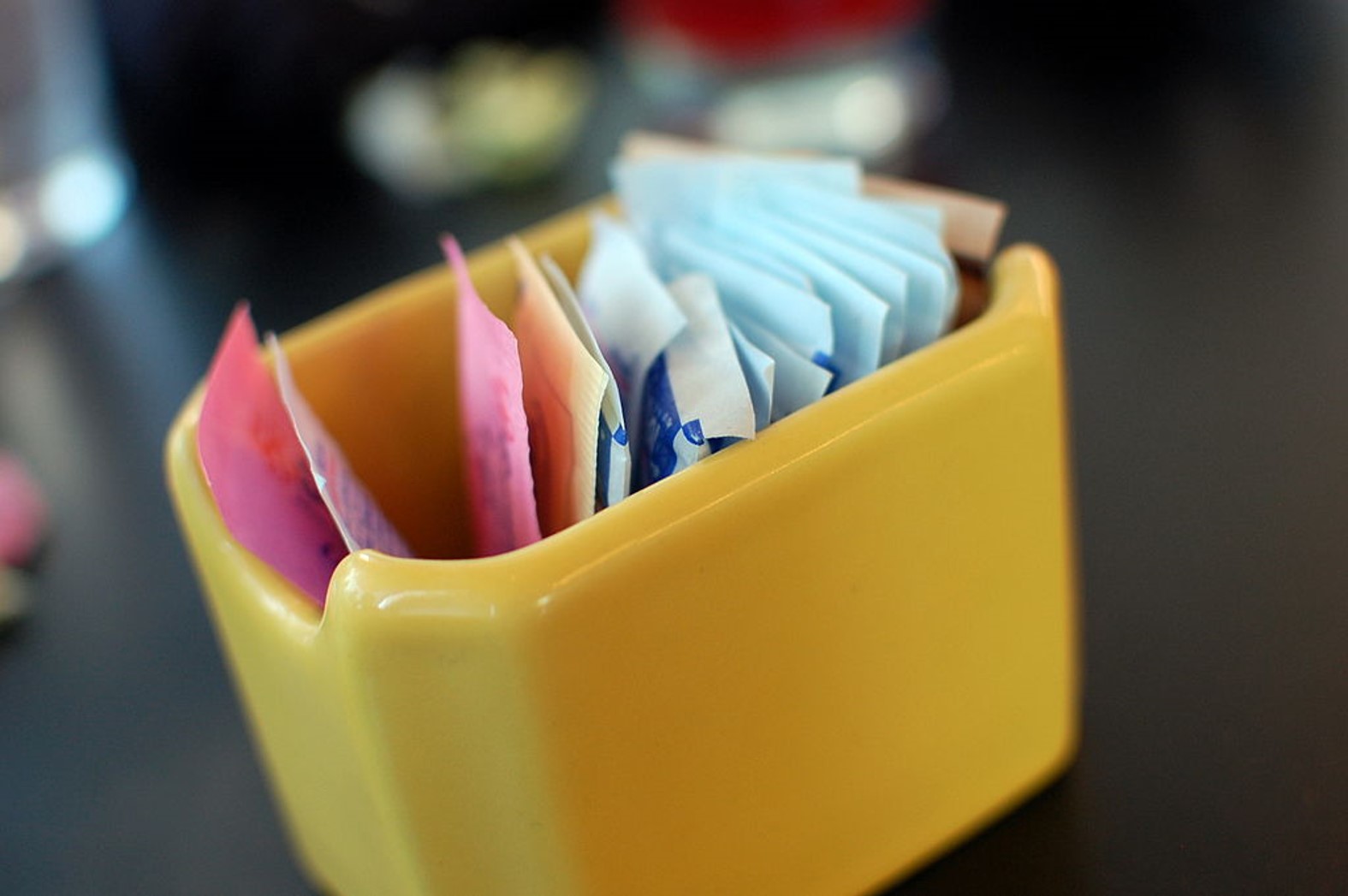Do artificial sweeteners suppress the immune system?

It is said that a drug without side effects is a drug without efficacy. Could the same be true of artificial sweeteners? Are we hoping too much that the sweetness we crave can be received without the normal cost in calories, cavities and surges in blood sugar levels?
Artificial sweeteners are found in many foods and drinks. Sweeteners are artificial ingredients requiring regulatory approval. In the Uniters States, the FDA has approved
- Acesulfame potassium (Sweet One, Sunett).
- Aspartame (NutraSweet, Equal).
- Neotame (Newtame).
- Saccharin (Sweet'N Low).
- Sucralose (Splenda, Equal sucralose).
- Luo han guo (Monk Fruit in the Raw).
- Purified stevia leaf extracts (Truvia, PureVia, others).
Sweeteners impact the taste of a product and consumer preferences. For example, Coke Zero uses a mixture of acesulfame potassium and aspartame. Diet Coke uses aspartame only.
In a study reported in last week’s Nature, researchers at the Crick Institute in London looked at the effect of sucralose on immune cells. Sucralose is made from natural sugar but is modified such that it is not broken down and absorbed by the body. It’s also 600 times sweeter than sugar but has a similar taste profile. Sucralose has been available for over 20 years.
In their experiment, the researchers fed mice at levels equivalent to the "maximum recommended daily intake", also called the "acceptable daily intake" (ADI) for human consumption. It was shown that mice fed sucralose were less able to activate their T cells in response to cancer or infection. No effect was seen on other types of immune cells. This effect on T cells was due to the impact of sucralose on intracellular calcium release which damped down the T cells.
Sucralose is found in a wide range of processed foods including cakes and drinks. Lots of “reduced sugar” or "no added sugar" foods contain sucralose. The FDA has an ADI of 5mg/kg of body weight. A pack of Splenda contains 12 mg of sucralose. Achieving the dose that the mice were given in the Crick Institute Study would be challenging.
So does the study suggest sucralose is unsafe? Almost anything consumed to great excess, including water, will induce side effects. Before approval, the FDA looked at safety data from 110 different studies.
Hopefully, this study doesn’t stir up general alarm similar to studies on acrylamides which were shown to be harmful when given in massive doses to lab animals, but when present on burnt toast or roast potatoes do not increase the risk of cancer. Probably the greatest risk of sweeteners is making us more accustomed to sweeter foods.
IMAGE Steve Snodgrass



